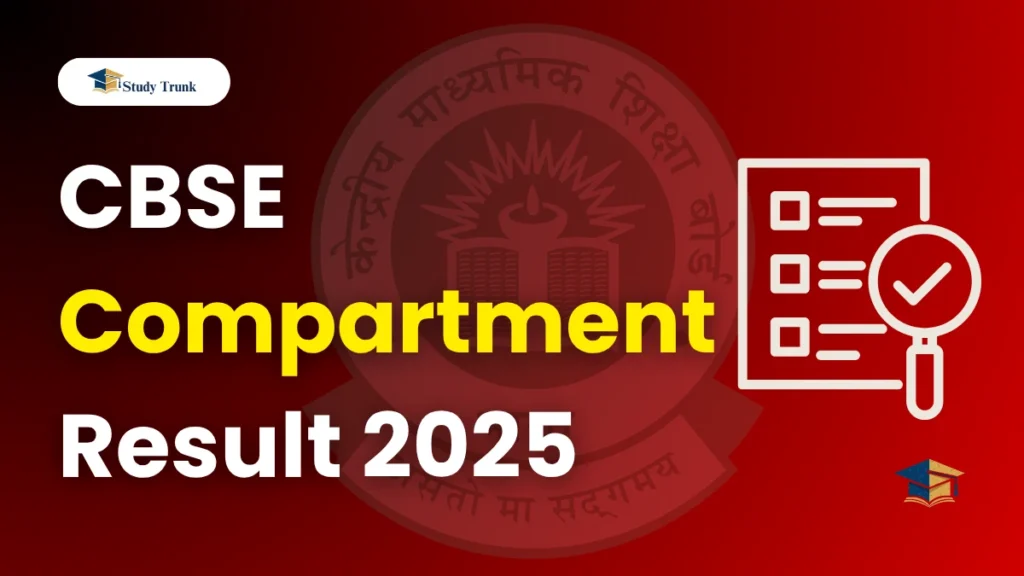CBSE Result 2025: The Central Board of Secondary Education (CBSE) holds a key role in India’s education landscape. Every year, millions of students eagerly await their CBSE board exam results. After the CBSE Class 10 results are announced in 2025, those who didn’t quite hit the mark in one or two subjects will have the opportunity to take compartment exams. This blog is your go-to source for everything you need to know about the CBSE Class 10 Result 2025, the CBSE Compartment Result 2025, and how to access your results on DigiLocker and other platforms. We’ll keep the language straightforward to ensure it’s easy to understand, providing valuable insights for teachers, parents, and students alike.
When Were the CBSE Class 10 Results 2025 Announced?
The CBSE Class 10 results for the academic year 2024–25 were officially announced on May 13, 2025, at 1:00 PM. This year, more than 23.7 lakh students appeared for the Class 10 exams across 7,837 exam centers in India and abroad. The overall pass percentage was 93.66%, slightly higher than last year’s 93.60%. This shows a steady improvement in student performance. Girls outperformed boys with a pass percentage of 95.00%, while boys had a pass rate of 92.63%. Transgender students also achieved a pass percentage of 95.00%.
How to Check CBSE Class 10 Result 2025?
You can check your CBSE Class 10 Result 2025 and Compartment Result 2025 through several platforms. Here’s a step-by-step guide for each method:
- Start by visiting the official website: Head over to cbseresults.nic.in or cbse.gov.in.
- Find the result link: Look for the link that says “CBSE Class 10 Result 2025” and give it a click.
- Input your details: Enter your Roll Number, Date of Birth, School Number, and Admit Card ID as shown on your hall ticket.
- Submit and check your result: Hit the “Submit” button, and your result will pop up on the screen.
- Download and print: Make sure to save a PDF copy or print it out for your records.
How to Calculate Your CBSE Class 10 Percentage and CGPA?
CBSE uses a Cumulative Grade Point Average (CGPA) system to evaluate student performance. Here’s how to calculate your CGPA and percentage:
Step 1: Understand the Grading System
Each subject is graded on a scale from A1 (highest) to E (fail):
- A1: 91–100 marks (Grade Point: 10)
- A2: 81–90 marks (Grade Point: 9)
- B1: 71–80 marks (Grade Point: 8)
- B2: 61–70 marks (Grade Point: 7)
- C1: 51–60 marks (Grade Point: 6)
- C2: 41–50 marks (Grade Point: 5)
- D: 33–40 marks (Grade Point: 4)
- E: Below 33 marks (Fail)
Step 2: Calculate CGPA
- Add the grade points for all your subjects.
- Divide the total by the number of subjects.
- Example: If you score A1 (10) in three subjects and A2 (9) in two subjects:
-
-
Total Grade Points = (10 + 10 + 10 + 9 + 9) = 48
-
CGPA = 48 ÷ 5 = 9.6
-
Step 3: Convert CGPA to Percentage
This gives you an approximate percentage. Always check your marksheet for exact marks.
- Multiply your CGPA by 9.5.
- Example: 9.6 × 9.5 = 91.2%
Tips for Students
- Double-check the Details: Make sure your name, roll number, and marks are all correct on your marksheet. If you spot any mistakes, let your school know right away.
- Keep Your Marksheet Safe: Download and save digital copies from DigiLocker. Don’t forget to pick up the original marksheet from your school in June.
- Get Ready for Compartment Exams: If you’re in the compartment category, it’s a good idea to start studying early. Use CBSE sample papers and previous question papers to help you prepare.
- Stay Positive: If your results aren’t what you hoped for, don’t get discouraged. Compartment exams and re-evaluation are great chances to improve.
- Reach Out to Your School: If you need DigiLocker access codes or have any issues with your results, contact your school as soon as possible.
What Happens If You Fail the Compartment Exam?
If a student fails to clear the compartment exam, they will need to repeat the academic year for the failed subject(s). However, CBSE encourages students to prepare well for compartment exams, as they are a second chance to save the academic year. Solve previous years’ question papers and focus on weak areas to improve your performance.



